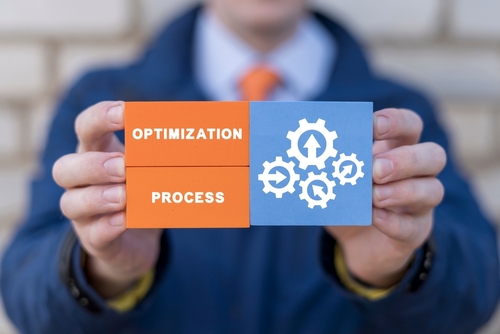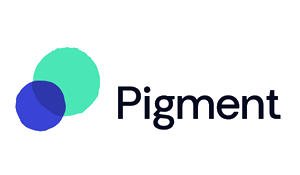In the fast-paced world of FP&A, staying ahead of the curve is crucial for businesses to thrive. One area that often goes overlooked but holds tremendous potential is the optimization of an organization’s corporate performance management (CPM) system. By fine-tuning their budgeting and planning system and aligning to updated processes, organizations can unlock a myriad of benefits, from improved efficiency and accuracy to enhanced decision-making and cost savings. Dallas Moody, the founder and CEO of Aegis Advise, recommends optimizing a CPM system every 3 to 5 years, due to continuous enhancements of solution features. In this Aegis Advise post, we'll delve into the importance of a CPM optimization and explore how it can elevate FP&A performance.
- Efficiency and Accuracy:
A well-optimized CPM system eliminates manual, error-prone processes and replaces them with automated workflows. By integrating various finance functions such as accounting, budgeting, and reporting, businesses can significantly reduce the time and effort spent on repetitive tasks. This not only boosts operational efficiency but also minimizes the risk of errors, ensuring accurate financial data and reducing costly mistakes.
- Enhanced Decision-Making:
A robust CPM system provides real-time insights into an organization's current and future financial health. By optimizing systems, businesses gain access to timely and accurate financial data, enabling them to make informed decisions quickly. From forecasting cash flows to assessing profitability and evaluating investment opportunities, an up-to-date CPM system empowers decision-makers with the right information at their fingertips.
- Cost Savings:
Unoptimized CPM systems often result in unnecessary expenses. Duplicate processes, manual data entry, and inefficient workflows can drain valuable FP&A resources. Through optimization, businesses can identify and eliminate these inefficiencies, leading to significant cost savings. By automating data integration and routine tasks, reducing manual errors, and enhancing data accuracy, CPM optimizations help organizations achieve cost-efficiency and allocate resources more effectively.
- Compliance and Risk Management:
Compliance with regulatory requirements is paramount in the financial realm. Optimized systems facilitate compliance by ensuring data governance, generating reliable reports, and maintaining transparency. Additionally, by establishing proper controls and audit trails, businesses can mitigate financial risks, detect anomalies, and prevent fraud, creating a secure environment for financial operations.
- Scalability and Growth:
As businesses evolve and expand, their CPM systems must keep pace. Optimized systems are designed to accommodate growth, easily scale operations, and adapt to changing business needs. By updating models, implementing new features (or modules), and automating integrations, organizations can future-proof their financial systems, enabling seamless expansion and supporting their long-term growth strategies.
CPM system optimization is no longer a luxury but a necessity for businesses aiming to thrive in today's competitive landscape. Optimizations of cloud CPM systems are much easier and less costly than legacy systems. By investing in fine-tuning their CPM system, organizations can unlock efficiency, accuracy, enhanced decision-making, cost savings, compliance, and scalability. Embracing optimization empowers businesses to streamline operations, maximize resources, and positions their FP&A teams for success. So why wait? It's time to unlock the power of CPM systems optimization and elevate the way you manage your organization's financial performance.




